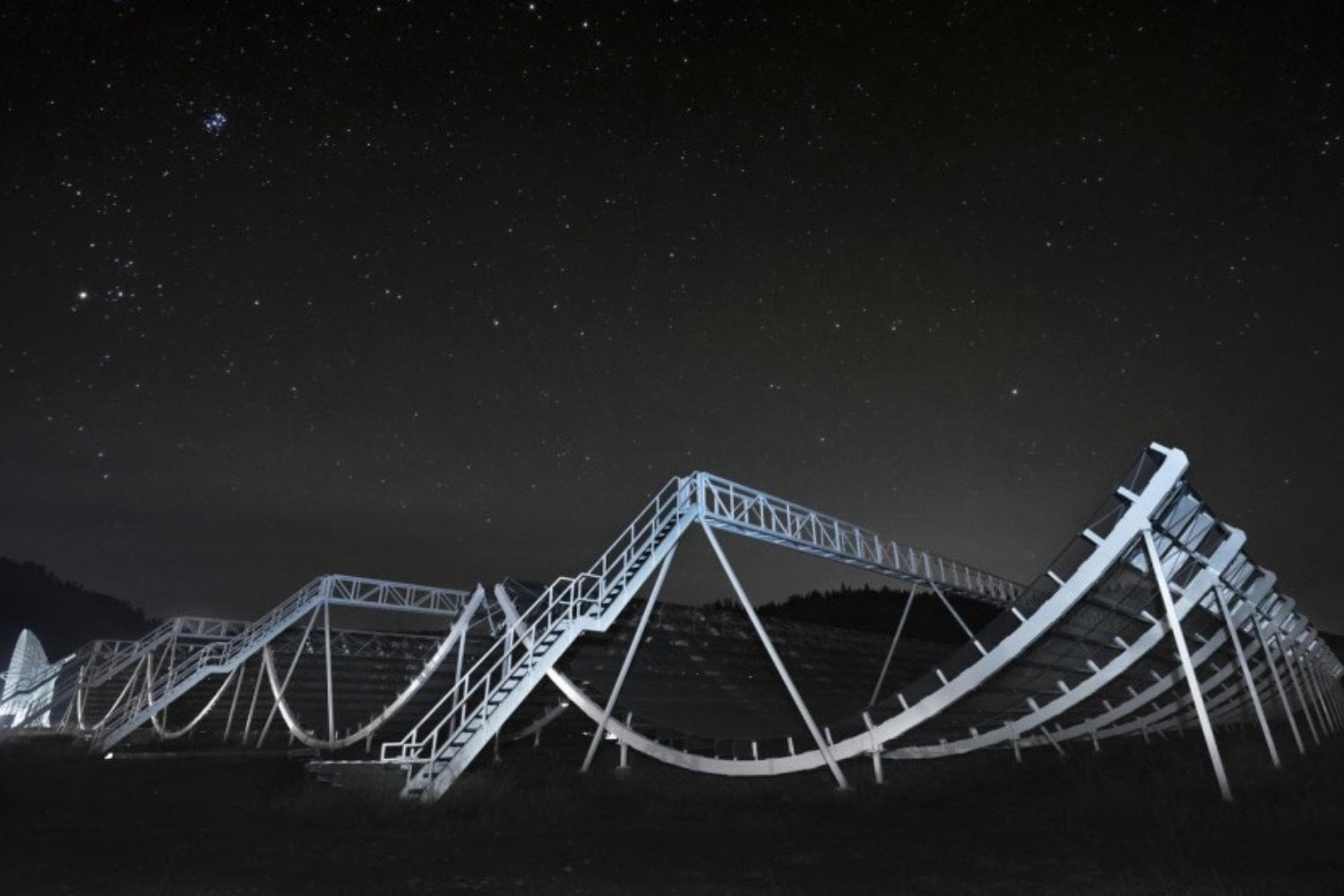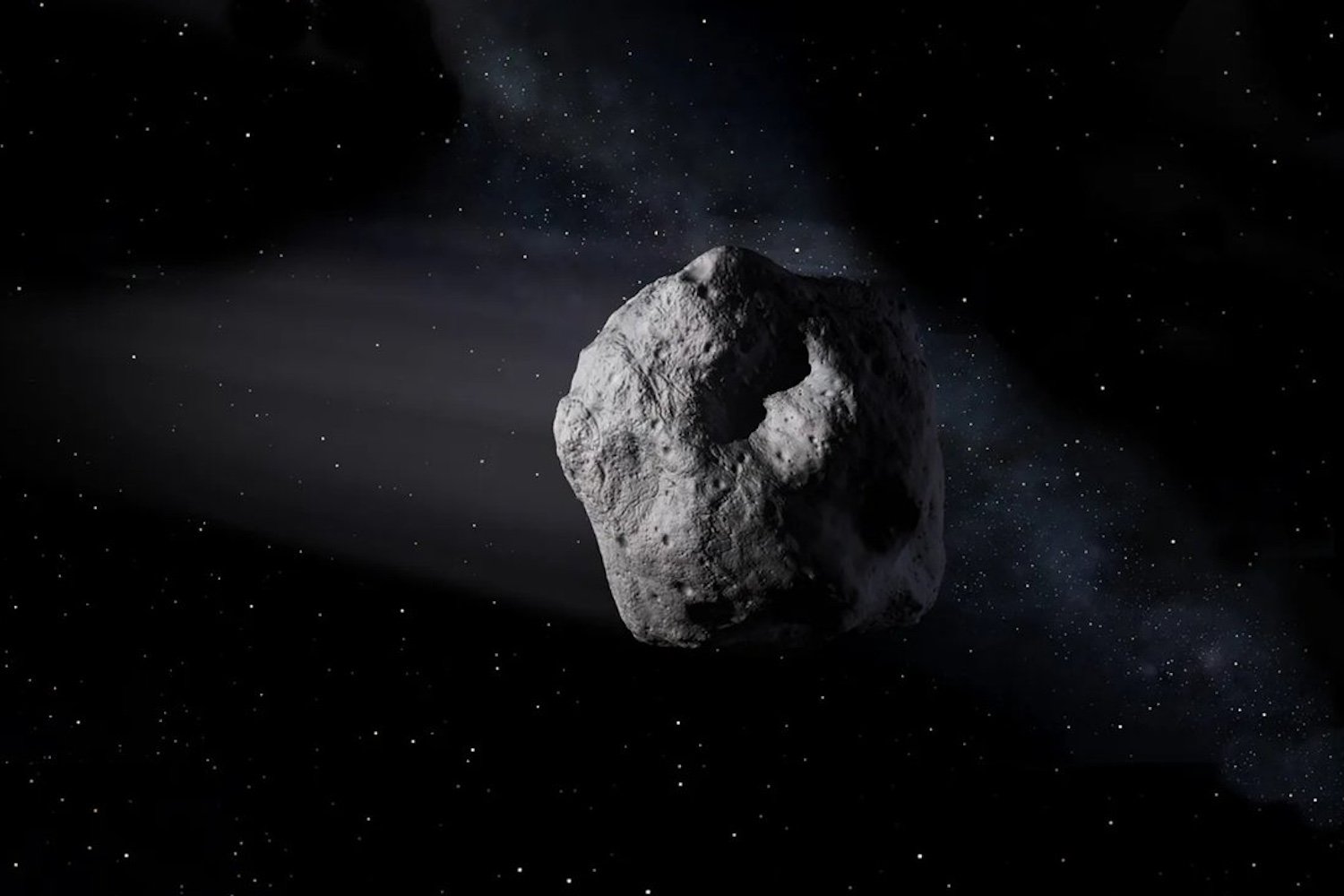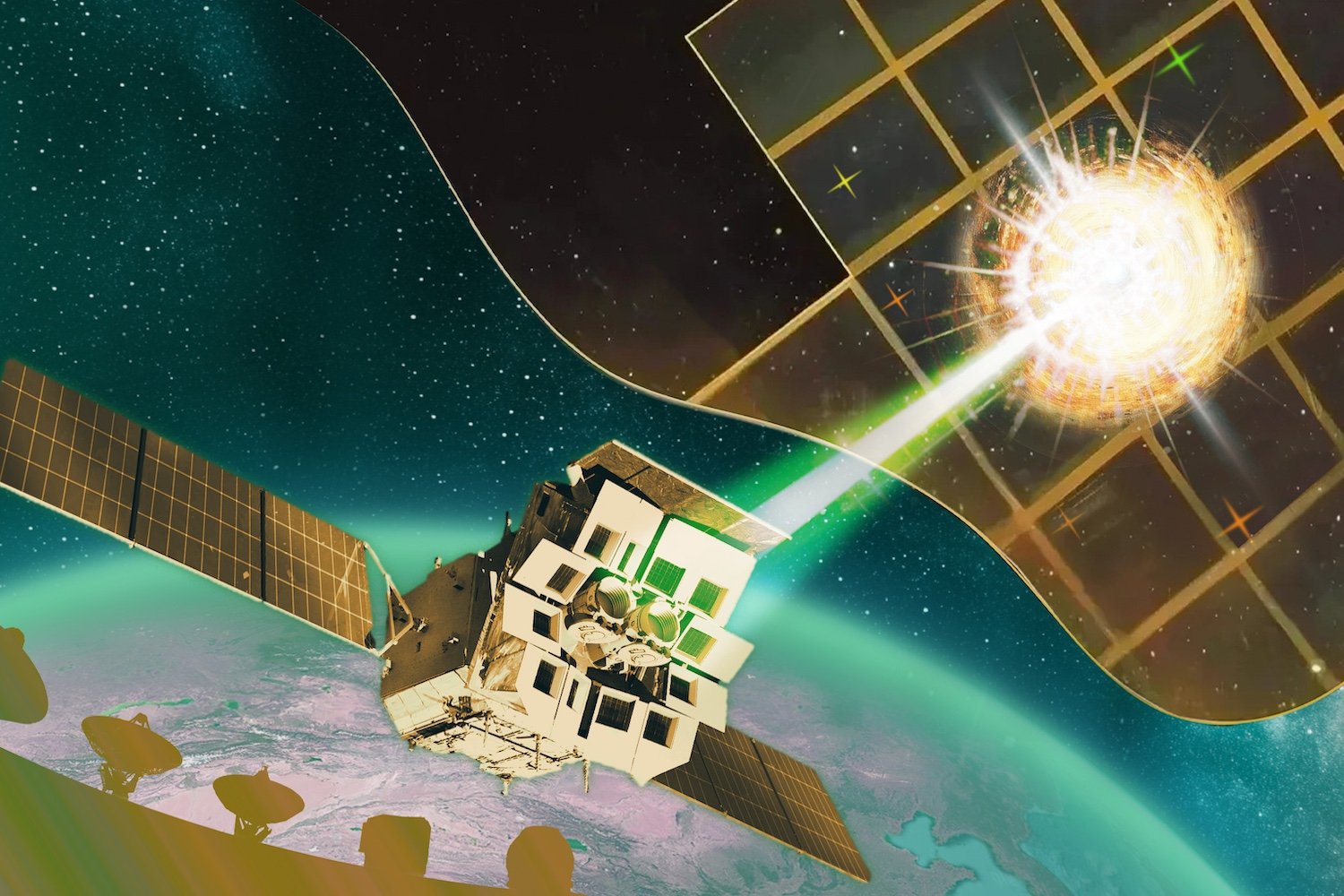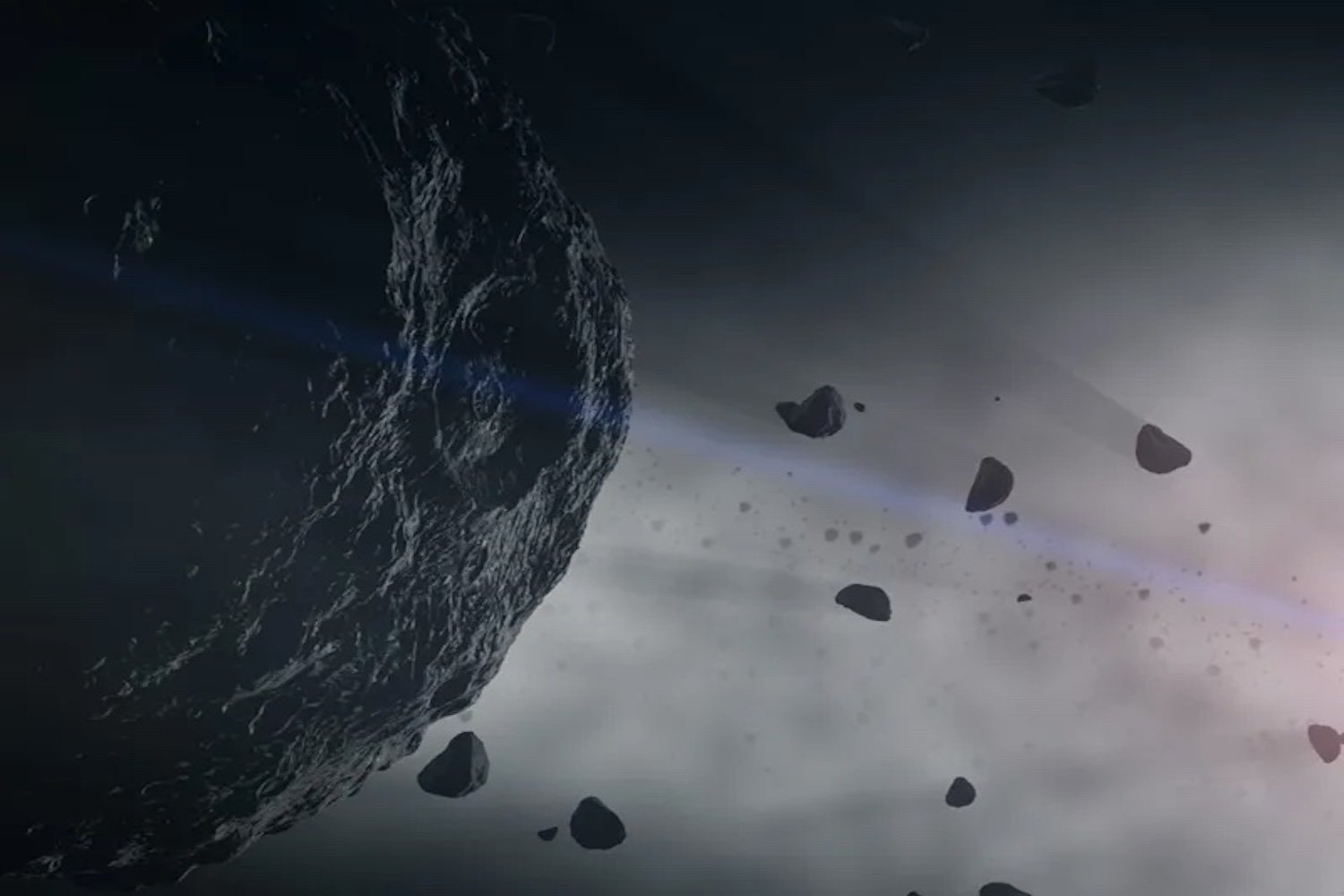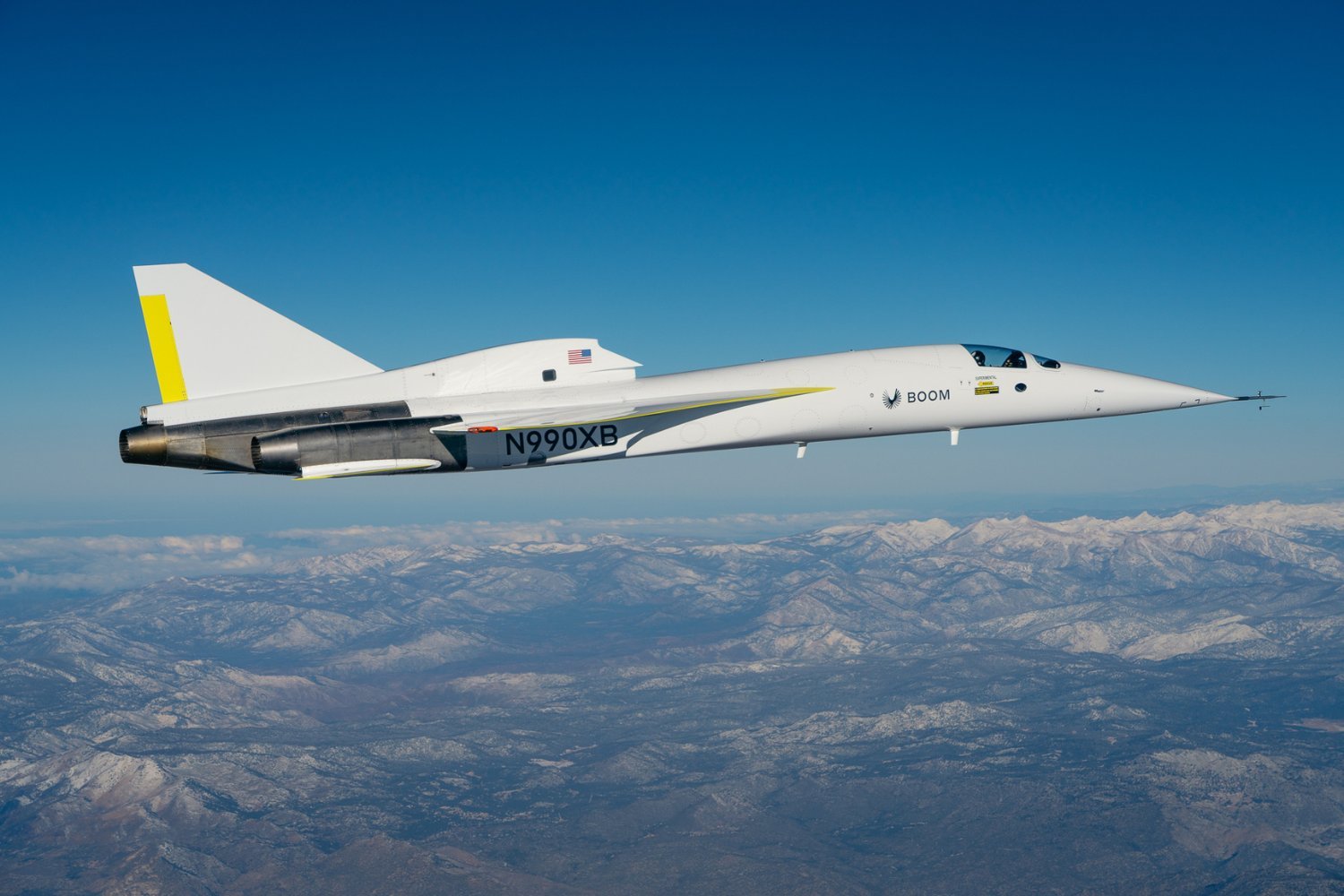In February 2024, a powerful radio blast from deep space caught the attention of scientists on Earth. Tracing this fleeting burst of energy back to its source revealed an unexpected discovery: its origin was an ancient elliptical galaxy, challenging existing theories about these cosmic phenomena.
This fast radio burst (FRB), designated FRB 20240209A, wasn’t a solitary event. Between February and July 2024, the same source flared 21 times. The prevailing hypothesis suggests FRBs emanate from magnetars, neutron stars with exceptionally strong magnetic fields, formed by core-collapse supernovae. However, this discovery throws a wrench in that theory.
“The prevailing theory is that FRBs come from magnetars formed through core-collapse supernovae,” explains Tarraneh Eftekhari of Northwestern University. “That doesn’t appear to be the case here. While young, massive stars end their lives as core-collapse supernovae, we don’t see any evidence of young stars in this galaxy.” This suggests a potential subpopulation of FRBs associated with older stellar systems.
An Ancient Origin
The host galaxy of FRB 20240209A is estimated to be 11.3 billion years old and located 2 billion light-years from Earth. Computer simulations reveal its immense size and brightness, making it one of the most massive FRB host galaxies observed to date, boasting a mass 100 billion times greater than our Sun.
Adding to the intrigue, the FRB originated not from the galaxy’s core, but from its outskirts, approximately 130,000 light-years from the center. “Among the FRB population, this FRB is located the furthest from the center of its host galaxy,” explains Vishwangi Shah of McGill University. “This raises questions about how such energetic events occur in regions devoid of new star formation.”
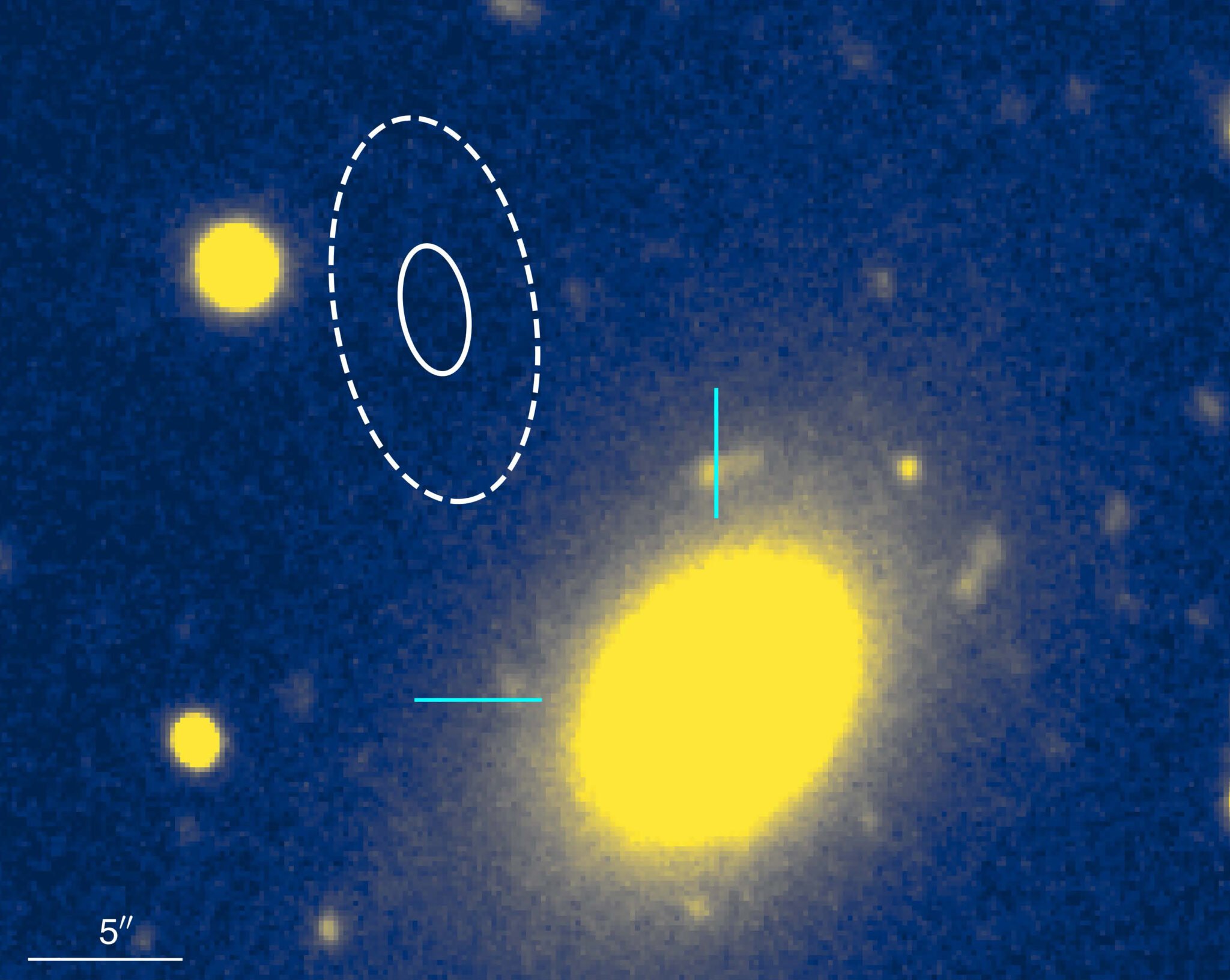 The February Frb
The February Frb
A Second Anomaly and Potential Explanations
FRB 20240209A is not the first FRB found far from active star formation. In 2022, the M81 FRB, located 12 million light-years away, was traced to a star cluster at the edge of the Messier 81 galaxy. The similarities between these two events suggest potential common origins.
Wen-fai Fong of Northwestern University notes, “FRB 20240209A could be a twin of the M81 event. Its location in an old stellar environment challenges standard FRB models and points toward more exotic formation channels.”
One hypothesis proposes a globular cluster origin for both FRBs. “A globular cluster origin for this repeating FRB is the most likely scenario to explain why this FRB is located outside its host galaxy,” Shah suggests. Further observations using the James Webb Space Telescope are planned to confirm the presence of a globular cluster at the FRB location.
Rethinking FRB Formation
If a globular cluster is not found, alternative explanations will need to be explored. This discovery underscores the complex and evolving nature of our understanding of FRBs. The location of FRB 20240209A in an ancient, massive galaxy far from regions of active star formation necessitates a reassessment of current FRB progenitor models. The possibility of a distinct subpopulation of FRBs associated with older stellar systems opens up exciting new avenues for research in astrophysics.
This cosmic enigma highlights the vastness of the universe and the mysteries that continue to unfold, prompting scientists to revisit their theories and explore the diverse possibilities surrounding these powerful bursts of energy from the distant cosmos.



